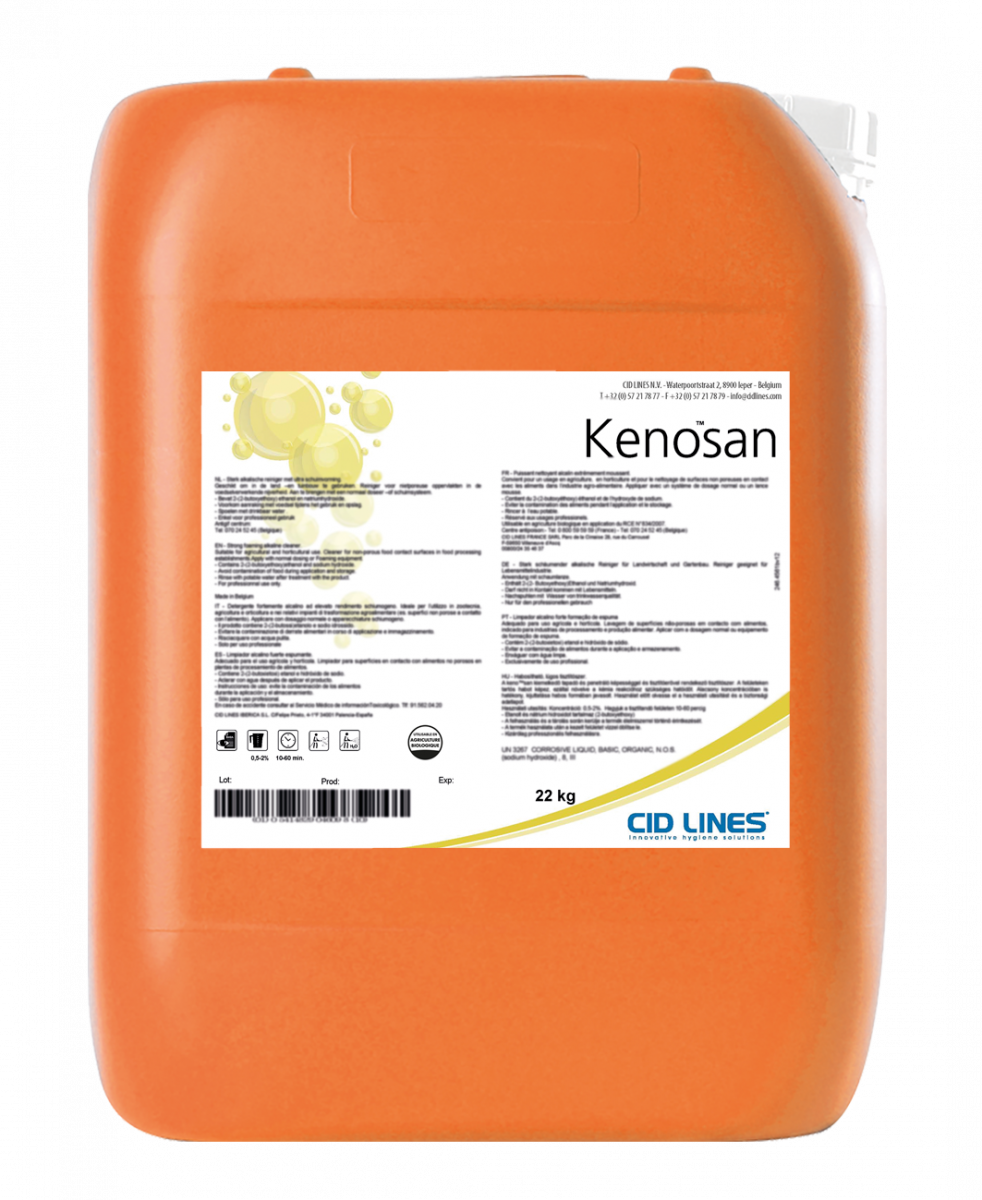
Swine dysentry
PATHOLOGY DESCRIPTION
An anaerobic bacterium, Serpulina (or Brachyspira) hyodysenteriae is the cause of swine dysentery. Swine dysentery is a common, micro hemorrhagic diarrheal disease of pigs that affects the big intestine. As the diseases progresses, blood may be lost through the damaged intestinal wall. Death usually results because of the dehydratation and a loss of electrolytes. The most common mode of transmission of swine dysentery is the carrier pig. Serpulina hyodysenteriae is present in the feces of pigs that are either affected with, or have recovered from, swine dysentery. After susceptible pigs ingest the organisms, symptoms of swine dysentery usually occur in 2 to 21 days. The incubation period in shortened by the ingestion of larger numbers of S. hyodysenteriae.
SYMPTOMS
Sows: Clinical disease in sows is uncommon unless new disease appears in the herd. Mostly sows become symptom less carriers.
Piglets: Severe acute dysentery may occur:
-
Sloppy light brown faeces with or without mucous or blood.
-
Loss of condition.
Weaners & Growers:
-
Sloppy diarrhoea, which stains the skin under the anus.
-
Initially the diarrhoea is light brown and contains jelly-like mucus and becomes watery, after a while blood may appear in increasing amounts turning the faeces dark and tarry.
-
Hollowing of the flanks with poor growth.
-
Partial loss of appetite.
-
Slight reddening of the skin.
-
Becomes dehydrated.
-
A gaunt appearance with sunken eyes.
-
Sudden death sometimes occurs mainly in heavy finishers.
COSTS OF THE DISEASE
-
Increased feed cost
-
Mortality
-
Less weight gain
Related products

Keno™san
Ultra foaming strong alkaline cleaning product
- strong alkaline cleaner
- ultra foaming capacity
- outstanding adhesive power
- efficient and excellent results
Virocid®
disinfectant based on quaternary ammonium
- concentrated disinfectant
- based on quaternary ammonium
- for all surfaces
- hospital graded and registered in USA

